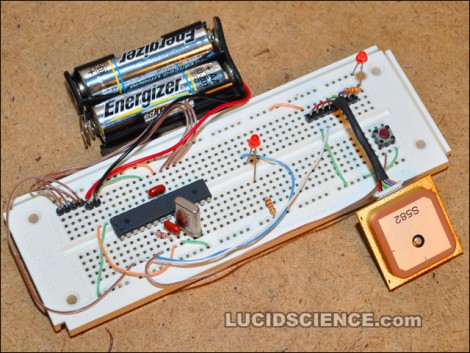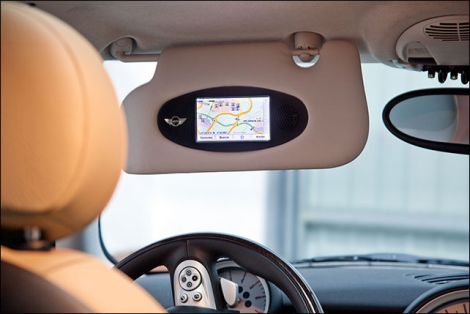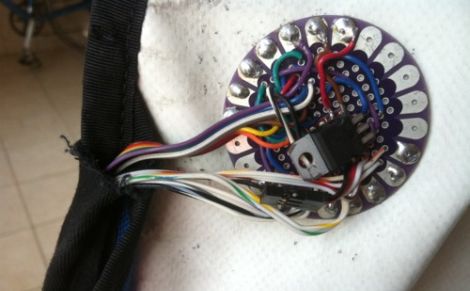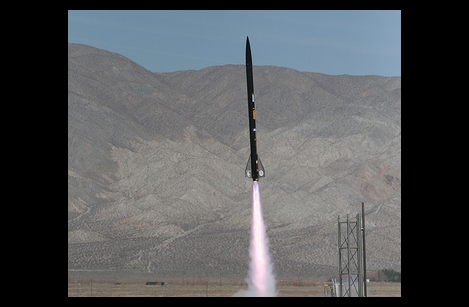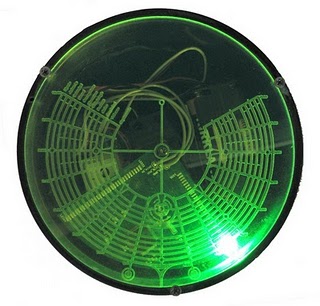
Instructables user [jorgegunn] has put a unique spin on a recent geocache build by incorporating speech recognition and requiring that the “finder” knows the secret password to access the loot contained within. Although we won’t spoil the fun here, the techie spirit of the build was further bolstered by choosing a password fitting for any trekkie.
Despite utilizing an off-the-shelf speech recognition circuit kit, the majority of this hack was accomplished using parts available at local electronics and hardware stores. [jorgegunn] went to great lengths to make this hack accessible to any amateur hobbyist and even includes links to relevant tutorials, schematics, and online parts vendors where applicable.
The actual speech recognition is accomplished with an Images Scientific Instruments model SR-06 circuit kit, capable of recognizing up to 40 different predefined words across multiple languages. Any time a correct match occurs, a value corresponding to the memory slot for that word is displayed on a pair of 7-segment displays. A separate decoder circuit based on a 74LS373 D-Type Latch and 4028 IC Decoder CMOS determines if the value being displayed constitutes a valid response and then drives a solenoid via a Darlington transistor in order to release the latching mechanism. Once opened, the device is simply pushed closed again to await its next finder- we are guessing that finding it might actually be the easiest part as judged by its size!
Although the real-world battery life has not yet been determined, a single coin cell for memory retention and a 9V battery used to drive the circuit and for latch release lasted through a full month of testing without any issues. Battery life could be extended almost indefinitely with a simple solar cell and rechargeable battery setup, but this would also obviously increase the likelihood of vandalism and/or theft.
We can imagine many different applications for such a device as-is including automated door lock mechanisms and even access control to things such as the controls on a computer case. It should also be fairly easy to increase the security by stringing multiple words together into a password or by instituting a “time out” period after a certain number of incorrect guesses.
Let us know of any other applications or build variations in the comments below and make sure to see how it all came together in the short videos after the break.
Continue reading “Speech Recognition Geocache: Se Habla Español” →
